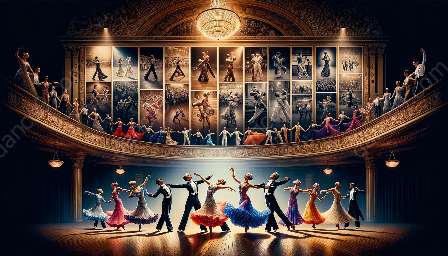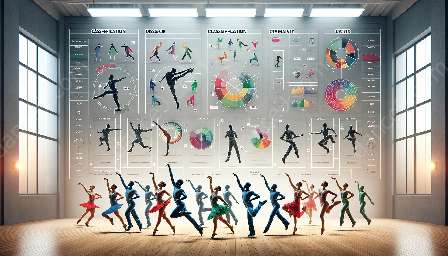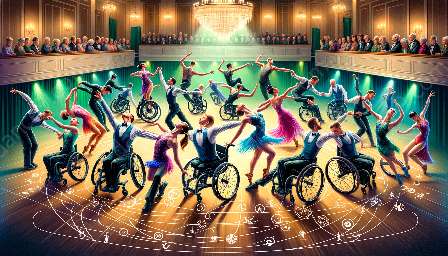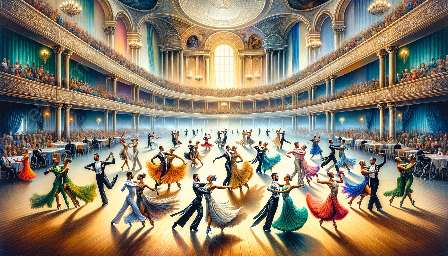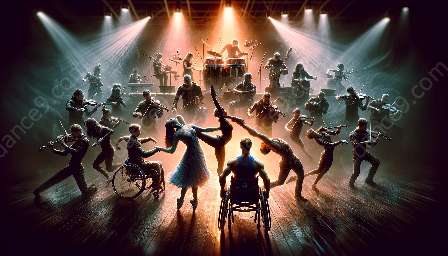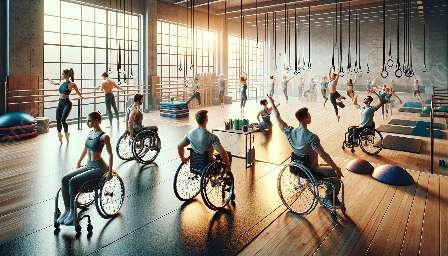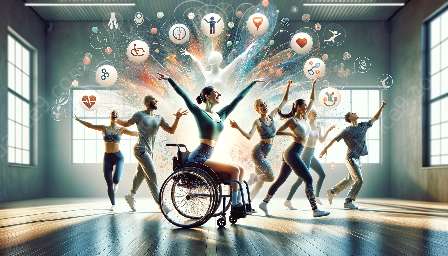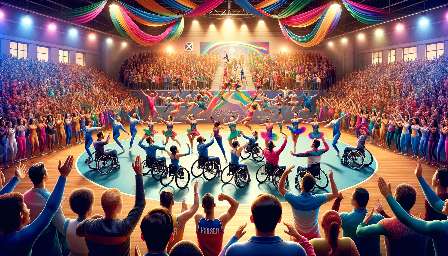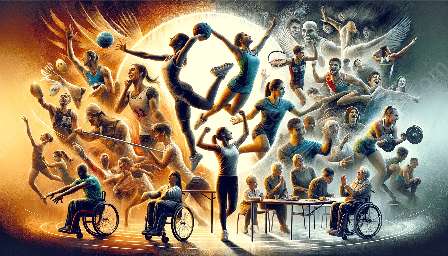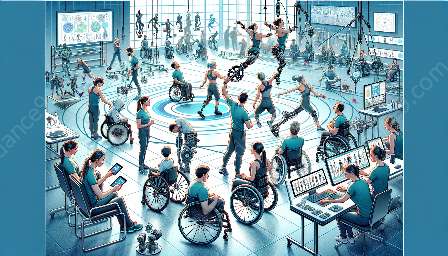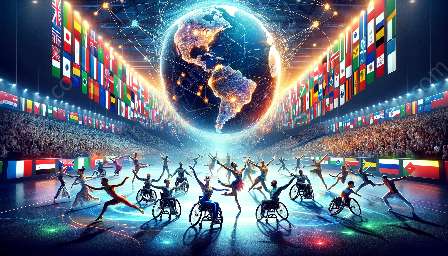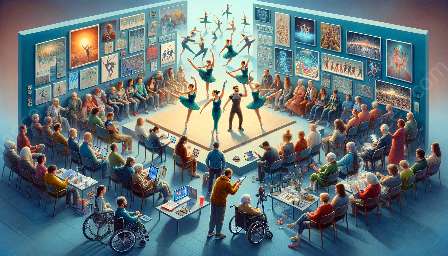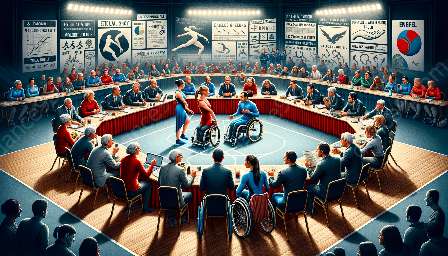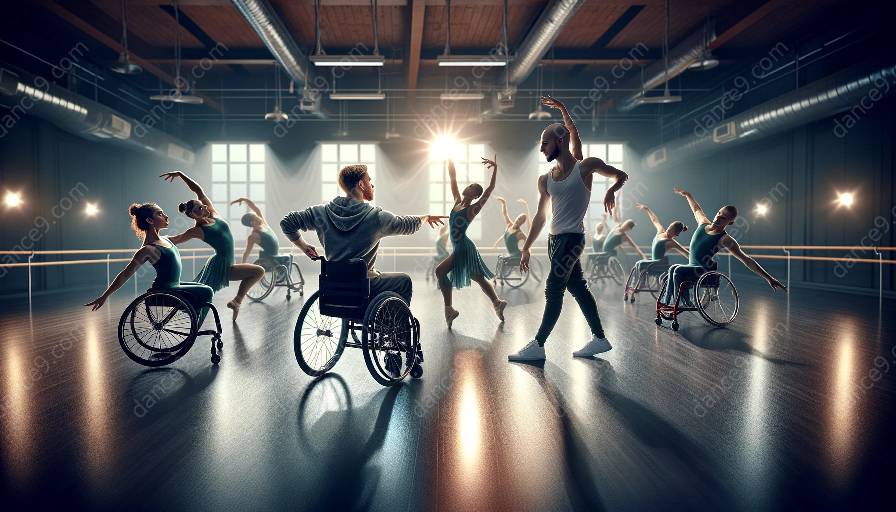Para dance sport is a captivating and empowering form of art and physical expression that is deeply rooted in choreography. The psychological aspects of choreography in para dance sport play a crucial role in the athletes' performance and overall experience. This article explores the mental and emotional dimensions that underpin the choreographic process and impact the dancers' artistic expression, showcasing the significance of psychology in the world of para dance sport.
Understanding the Mind-Body Connection
Choreography in para dance sport is not just about the physical execution of movements; it also relies on the intricate connection between the mind and body. The psychological aspects of choreography emphasize the synchronization of mental and physical abilities, requiring dancers to develop a deep awareness of their thoughts, emotions, and bodily sensations. This mind-body connection is essential for para dancers as they strive to convey stories, emotions, and themes through their movements.
Emotional Expression and Artistic Interpretation
Choreography serves as a vehicle for emotional expression and artistic interpretation in para dance sport. The psychological aspects of choreography enable athletes to tap into their emotional reservoir and translate their inner experiences into captivating performances. Embracing vulnerability, courage, and authenticity, para dancers channel their emotions through choreography, inviting audiences to connect with their stories on a profound emotional level.
Overcoming Psychological Barriers
Para dance sport encompasses a diverse range of categories and styles, each with unique choreographic demands. As athletes navigate the choreography, they often encounter psychological barriers that stem from personal challenges, insecurities, or past experiences. Overcoming these barriers requires resilience, mental fortitude, and a supportive environment that acknowledges the psychological journey alongside the physical one.
Self-Expression and Identity
Choreography in para dance sport becomes a powerful tool for self-expression and the affirmation of personal identity. The psychological aspects of choreography empower para dancers to embrace their individuality, advocate for inclusivity, and challenge societal perceptions of disability. Through choreography, dancers assert their agency, celebrate diversity, and convey messages of empowerment, resilience, and unity.
The Mental Preparation for World Para Dance Sport Championships
The World Para Dance Sport Championships represent the pinnacle of para dance sport, where athletes from around the globe showcase their choreographic mastery, athleticism, and artistic brilliance. Delving into the psychological aspects of choreography becomes especially significant in the context of these prestigious championships. Athletes engage in rigorous mental preparation, focusing on visualization, stress management, and emotional regulation to refine their choreography and elevate their performance to unprecedented heights.
Conclusion
The psychological aspects of choreography in para dance sport are multifaceted and indispensable, permeating every aspect of the athletes' journey. From harnessing the mind-body connection to channeling emotional expression and overcoming barriers, choreography in para dance sport embodies the resilience, creativity, and human spirit of para dancers. As the world celebrates the artistry and athleticism of para dance sport in the World Championships, understanding the profound psychological dimensions of choreography enriches our appreciation of this remarkable form of inclusive art and sport.

